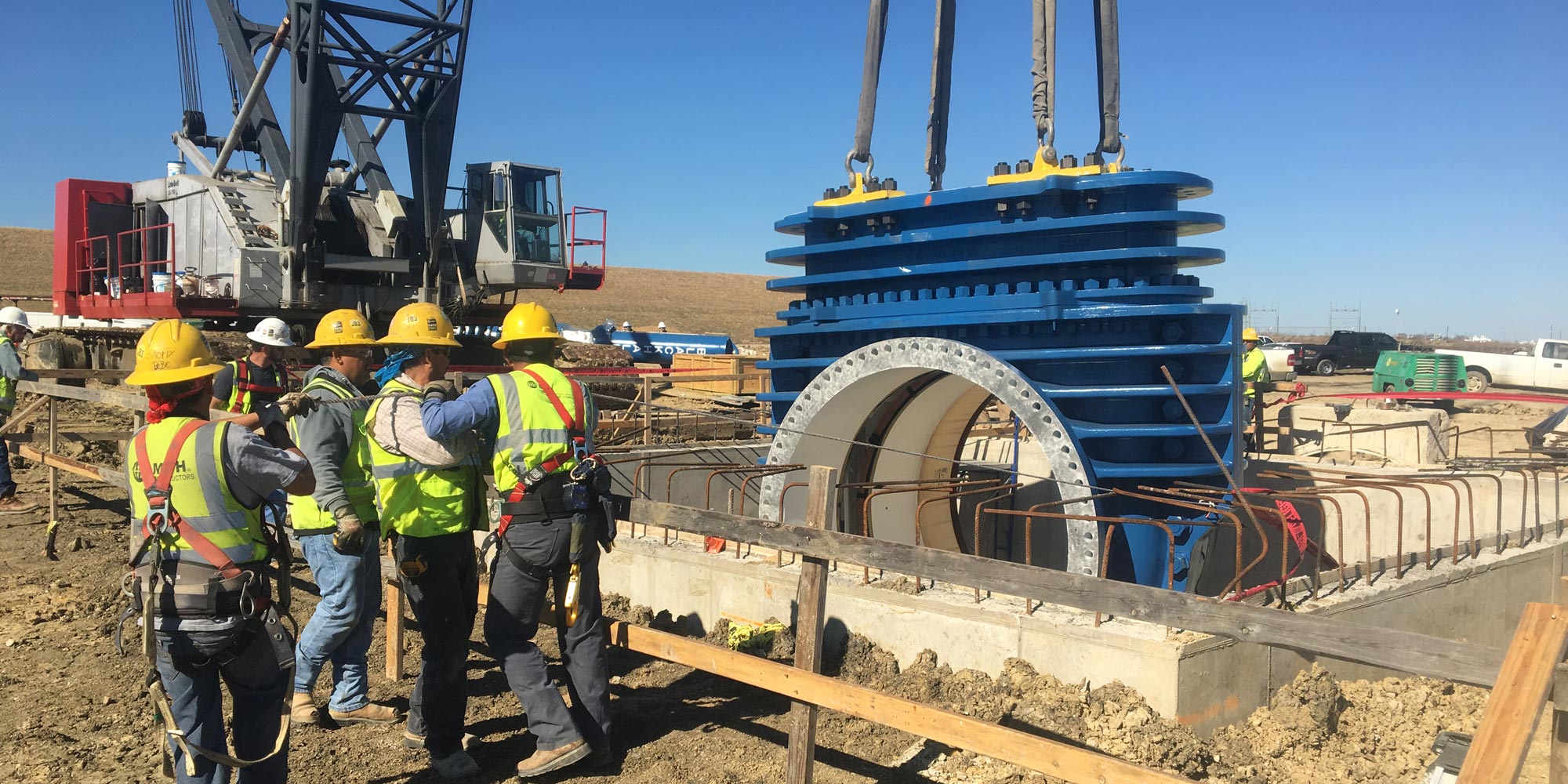Public invited to comment on 2021 regional water plans Posted on June 2, 2020

It’s only the second quarter of 2020, but the state is looking ahead—all the way to 2070—to ensure that Texans have enough water supplies to meet their needs.
Sixteen regional water planning groups, one for each regional water planning area of the state, are in the final stages of developing their 2021 regional water plans. The every-five-year plans include water strategies and projects to ensure each region will have enough water in the event of a drought of record in the next 50 years.
The initial plans were due on March 3 to the Texas Water Development Board (TWDB), the state agency responsible for overseeing state water planning. They are now available for public comment.
Stakeholder and public involvement are essential to the regional water planning process, and all input is considered.
“The more local input, the more local and accurate the planning process is,” said Aubrey Spear, director of water utilities for the City of Lubbock and chair of the Region O water planning group. “That’s what makes this type of planning successful—that grassroots effort.”
According to Spear, who has been involved in regional water planning for nearly 13 years, the regional water planning process regularly brings together communities and representatives from different water user groups to discuss water issues in their region throughout the five-year cycle.
Each regional water planning group is statutorily required to have at least one volunteer representative from each of 12 interest group categories where applicable: the public, counties, municipalities, industry, agriculture, environment, small business, electric-generating utilities, river authorities, water districts, water utilities, and groundwater management areas.
“There’s no other format for that, and this helps us be able to continually be together talking about [water] issues,” he said. “With the plan and the right people and networks all in place, if we get into a severe drought situation, it’s going to be easier to resolve problems.”
When discussing strategies to ensure sufficient water supplies, each planning group takes into account information provided by the TWDB, including population, historical water use, and demand projections and water source availability. Data provided at the local level is also important.
Another piece of data that planning groups consider is a socioeconomic analysis should groups not meet their water needs during a single year drought of record. The TWDB has historically provided this data, but in an effort to increase transparency, the socioeconomic analyses for the 2021 regional plans are also now available in an interactive format on the TWDB’s website.
Planning groups must consider all local plans, big and small, to meet their future water needs. If a city doesn’t come forward with specific strategies, the planning group as a whole can put forth a recommendation for them.
“The economic impact to the state as a whole could be very damaging if water needs are not met,” said Temple McKinnon, Director of Water Use, Projections, and Planning at the TWDB. “For example, the 2017 State Water Plan estimated annual economic losses of $151 billion by 2070.”
The 2017–2021 regional water plans will complete the fifth cycle of regional planning following the Texas Legislature’s 1997 legislation that changed the state water planning process to a bottom-up approach.
“Our process provides a forum for everybody to be talking to one another and informing them of their plans so nothing is going on in a vacuum,” McKinnon said. “Now’s a good time to get involved to help make sure Texans have the water they need.”
Written comments on the regional water plans should be directed to each regional water planning group within 60 days of their scheduled public hearing.
Final, adopted plans will be due to the TWDB on October 14, 2020, and once approved by the Board they will become part of the 2022 State Water Plan.
For more information about the state and regional water planning process, visit the TWDB’s website.
This article is posted in Water Planning / Drought / Water Supply .